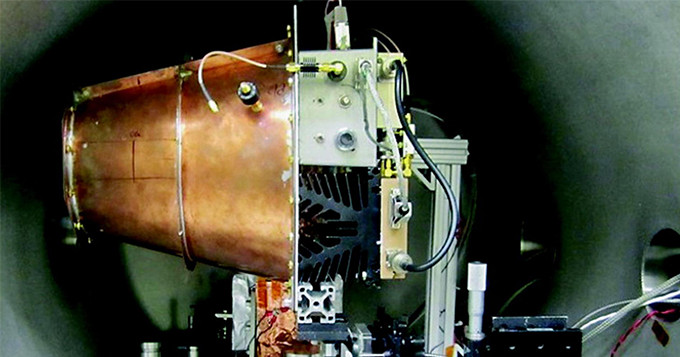
Altmetric’s High Five – Research of Large Proportions (November 2016)
Welcome to the Altmetric High Five in association with the Science Council. On a monthly basis, the High Five posts examine a selection of the most popular research outputs Altmetric has seen attention for that month.
The original post can be found on the Altmetric blog. Links to all papers included can be found in the Reference section at the end.
1. Paralysed monkeys walk again
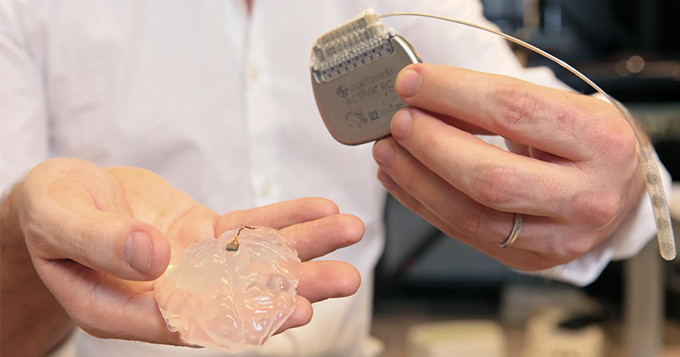
A microelectrode array and a silicon model of a primate’s brain, as well as a pulse generator used to stimulate electrodes implanted on the spinal cord. Image credit: Alain Herzog / EPFL
Our first High Five paper is “A brain–spine interface alleviating gait deficits after spinal cord injury in primates,” published in Nature in November. Using electrical brain implants, researchers enabled paralysed monkeys to walk again.
The technology is based upon wireless information transfer from a brain implant to electrodes embedded in the lower spinal cord, “bypassing” or going around a site of injury in the spinal cord, or where the cord has been cut.
Nearly 130 news outlets and 20 blogs covered the study.
2. Facial recognition for criminality? Proceed with caution
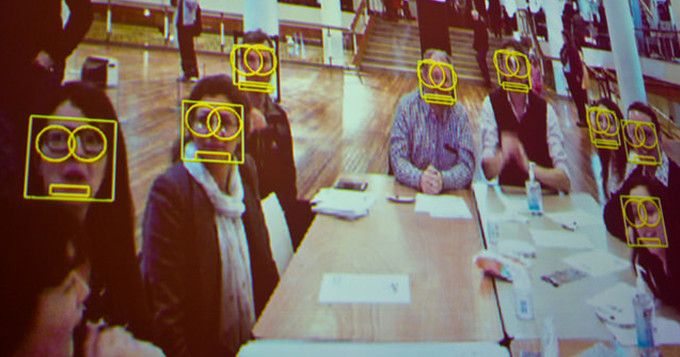
Image credit: Southbank Centre, Flickr.com
Our second High Five paper is “Automated Inference on Criminality using Face Images,” posted to ArXiv.org in November 2016. Using automated inference based on still face images, researchers Xiaolin Wu and Xi Zhang concluded that “the faces of general law-biding public have a greater degree of resemblance compared with the faces of criminals, or criminals have a higher degree of dissimilarity in facial appearance than normal people.” They also discovered particular facial structural features that predicted criminality.
The study garnered news stories in over 20 news outlets, and was highly tweeted by members of the public according to Altmetric data.
3. The ocean under Pluto’s heart
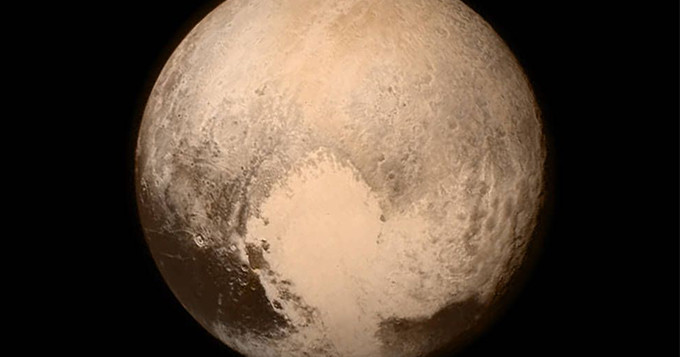
Image credit: NASA
Our next High Five study is “Reorientation of Sputnik Planitia implies a subsurface ocean on Pluto,” published in Nature this month.
Researchers proposed that “a large impact on Pluto’s surface carved away ice to form the Sputnik Planitia basin”, thus allowing Pluto’s subsurface ocean to find its way into the basin and throw the planet “off balance.” Mystery solved?!
Nearly 140 news outlets covered the study.
4. From microwave to spaceship engine – myth or reality?

A prototype of the EmDrive. Image credit: Eagleworks Laboratories, NASA. AIAA
Our next High Five paper is “Measurement of Impulsive Thrust from a Closed Radio-Frequency Cavity in Vacuum,” published in the Journal of Propulsion and Power in November 2016. The paper has an obscure title and even more obscure abstract.
Some science writers have cast significant doubts on whether this device, or mechanism for propulsion, could actually work. Is this idea for a spaceship engine impossible?
5. (Not so) sweet sleep
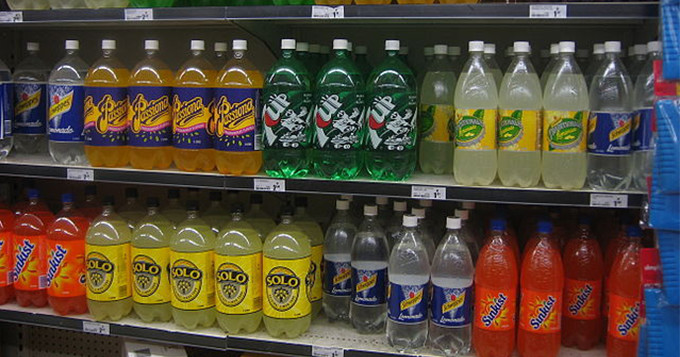
Image credit: SMC, Wikipedia
Our final High Five paper is “Short and sweet: Associations between self-reported sleep duration and sugar-sweetened beverage consumption among adults in the United States,” published in Sleep Health this month. Researchers used self-reported sleep duration and beverage intake data from nearly 19,000 adults to study the relationship between drinking sugary, caffeinated drinks and sleep patterns.
Nearly 180 news outlets, including many television outlets, covered the study. This isn’t surprising, considering the eternal newsworthiness of health information, especially related to soda.
References:
- A brain–spine interface alleviating gait deficits after spinal cord injury in primates
- Automated Inference on Criminality using Face Images
- Reorientation of Sputnik Planitia implies a subsurface ocean on Pluto
- Measurement of Impulsive Thrust from a Closed Radio-Frequency Cavity in Vacuum
- Short and sweet: Associations between self-reported sleep duration and sugar-sweetened beverage consumption among adults in the United States
